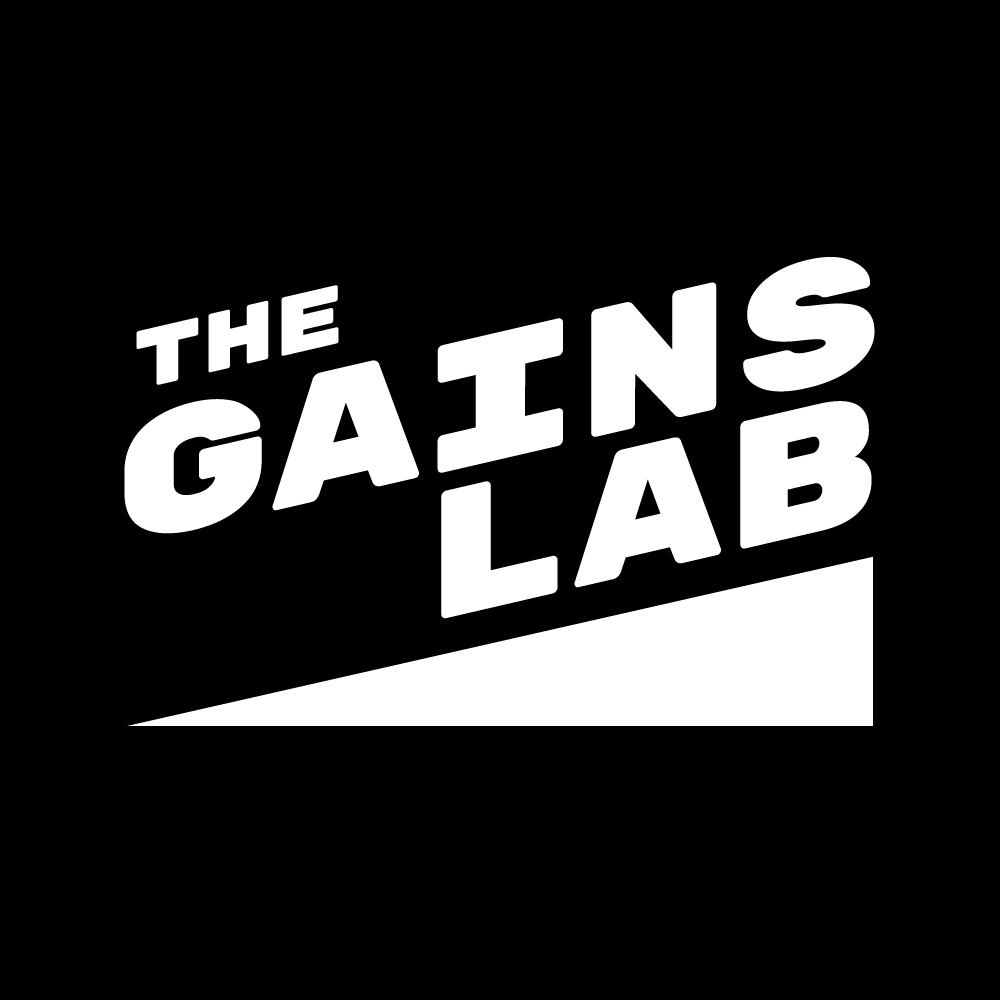The Force - Velocity Curve
While all muscle fibers contract to produce force and do work, not all muscle fibers are the same. Force and Velocity are two characteristics of muscle fiber contraction. Power involves Force and Velocity. In Physics, the definition of Power is Force * Velocity.
Muscle fibers can be broadly characterized as slow and fast. Slow fibers contract slowly and produce low forces. They use limited glycolytic power and have lots of mitochondria, so they have high aerobic capacity and plenty of endurance. Older textbooks sometimes call slow fibers “red muscle”. Because of their high demand for oxygen, they have a rich capillary blood supply, and the presence of oxygenated blood makes them appear red. Fast fibers are the opposite: high force, fast contracting. Fast fibers have few mitochondria, so they use little oxygen and fatigue quickly. Older books will refer to fast fibers as “white muscle” because of the lack of capillary blood supply.
However, maximizing power is not as simple as producing maximum force and maximum velocity at the same time. In fact, it is not physiologically possible to maximize both Force and Velocity at the same time. As the image indicates, when force is very high, velocity is very low, and when velocity is very high, force is very low.
Force is produced by the recruitment and activation of a large number of muscle fibers. But high force can only be produced in response to external stimulus, such as a heavy barbell. When the brain senses high resistance, additional muscle fibers are recruited to overcome the resistance. This is why high force efforts have a low velocity; additional fibers are recruited until the resistance can be overcome. Force does not have a time component.
Velocity is a result of the speed of muscle fiber contraction. There is no “external resistance” component to velocity. Muscle fiber contraction speed can be increased by training, and of course there is a genetic component. Velocity has a time component; velocity is the change in position in a given time.
Power is Force * Velocity. Because velocity has a time component, Power has a time component.
For a practical understanding of the interaction of force and velocity, compare a shot-putter with a baseball pitcher. They both perform a similar activity: throwing a spherical object very hard. Both of these throwers need to maximize power to succeed. The shot putter maximizes power by relying mainly on force. The pitcher relies mainly on velocity. Both throwers produce tremendous power. Consider the difference in appearance:
Effective strength training increases force and velocity in accordance with an athlete’s goals.
Quesitons? Feedback? Email us
Join Applied Power


